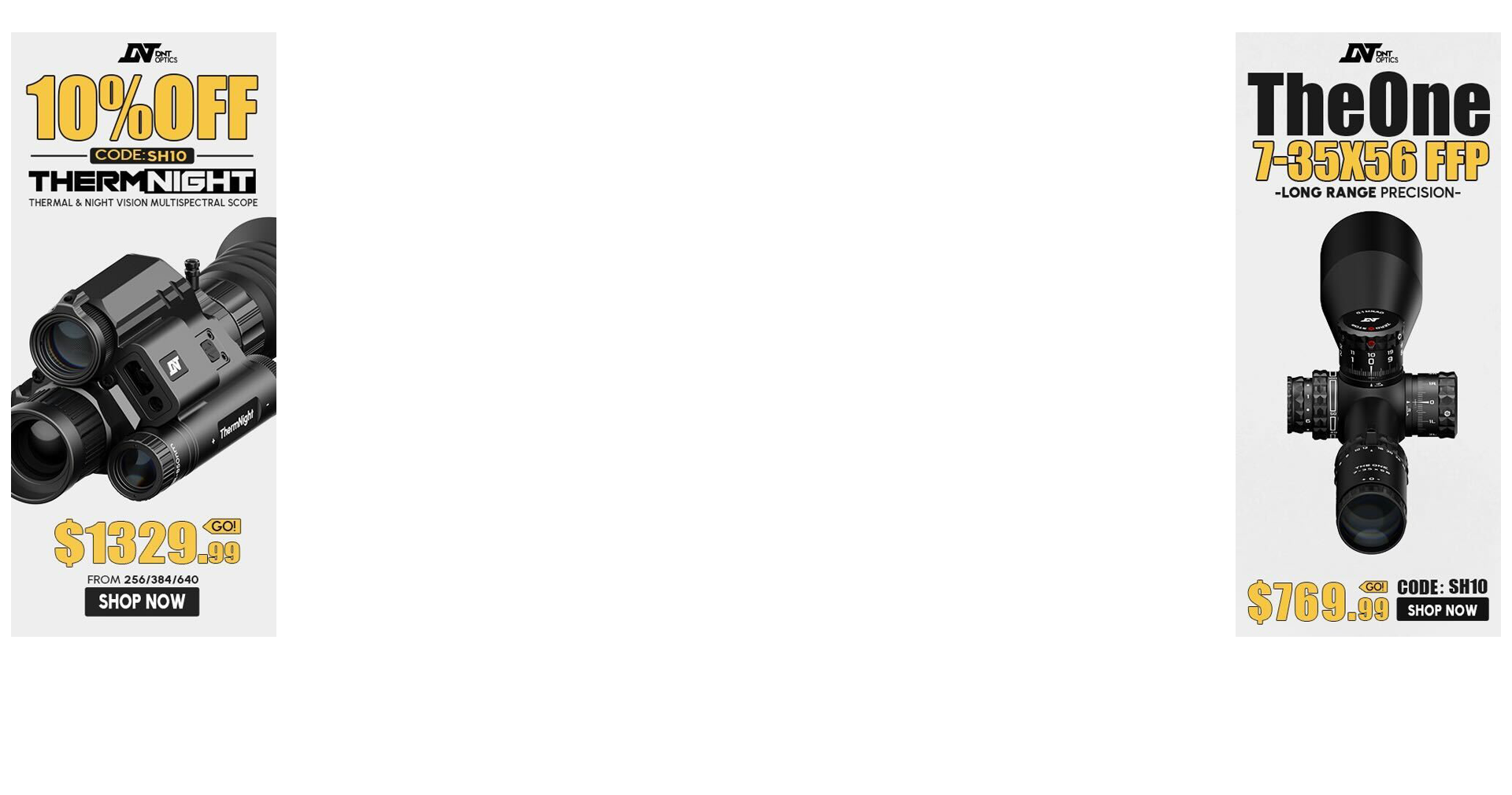I have been looking at different scopes to see how the field of view is for the same magnification. If a scope shows a larger field of view at the same magnification does that mean I have a bigger picture but it is still going to be the same size image at that magnification. I am not sure I am asking the right question. The bigger fov would seem to be a better thing if the magnified image is the same. Help me out. Thanks.
Rifle Scopes Field of view vs magnificatio
- Thread starter shootnf
- Start date

